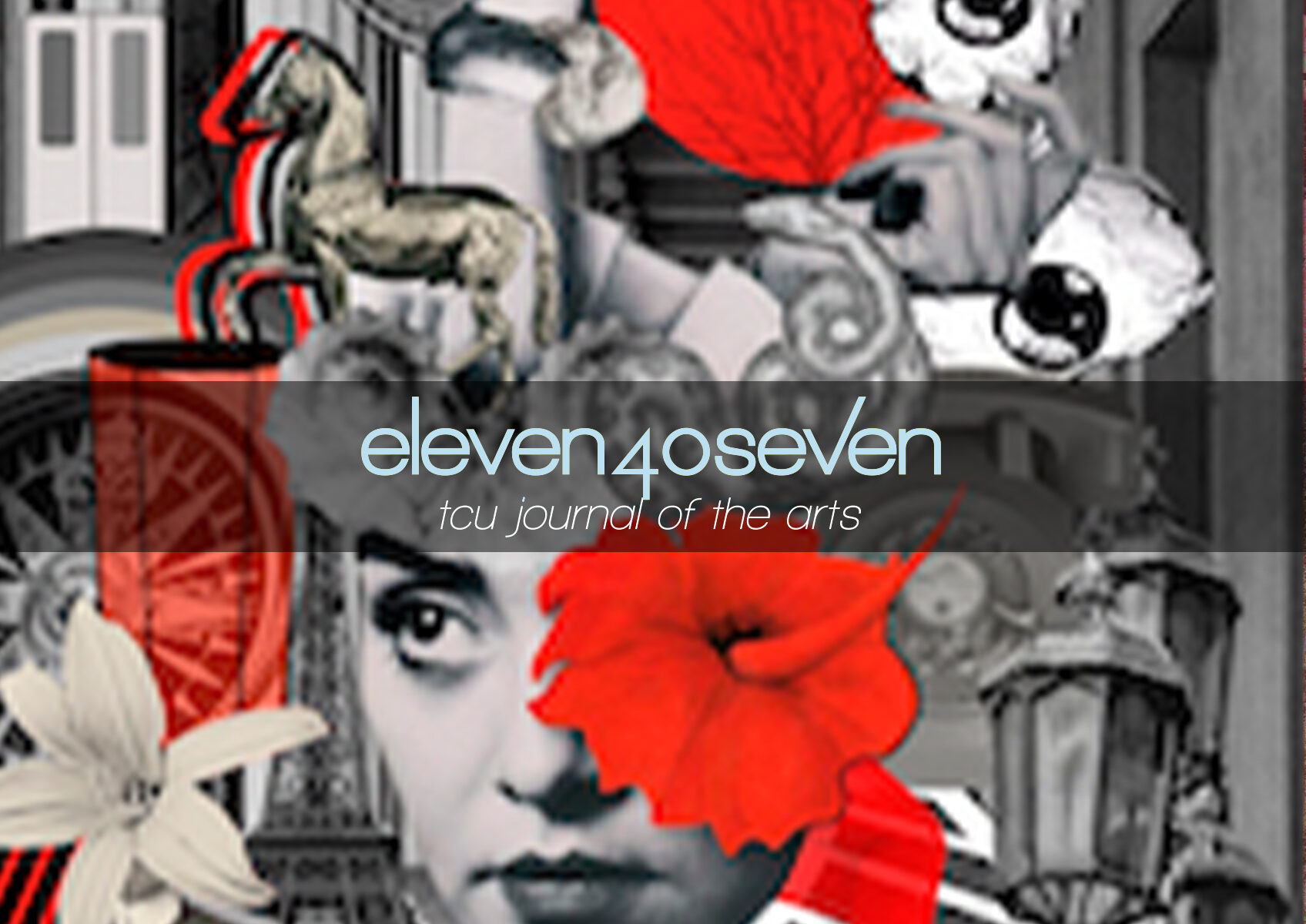By: Nick Ferrandino
Dmitry Glukhovsky’s book Metro 2033 is about a young man named Artyom braving the vast and hostile metro tunnels beneath Moscow in an alternate future where World War Three has forced mankind to seek shelter underground. This post-apocalyptic odyssey, released in 2005, found success worldwide and has since become a cult classic for fans from both the east and west. Glukhovsky received the Encouragement Award of the European Science Fiction Society for his book in 2007. Since then, the author has gone on to write two sequels, helped co-create two (soon to be three) games set in the same universe, and is expressing interest in bringing the story to the silver screen.
So what does Metro 2033 do that makes the franchise so endearing to both critics and fans alike?
The book itself is an incredible tale, portraying a visceral reality where humanity struggles to survive in a new world order. Idealists of all creeds revive the old tenants of communism, Nazism and capitalism, opportunists pillage and kill for personal gain, and the desperate look to survive by any means possible. It is a dark and often times humbling reflection of the human experience that makes those few kernels of human decency scattered throughout feel all the more precious.
Alongside this analysis of the human spirit is a deep-seated theme of the occult- mutated creatures that defy explanation, anomalies roaming uninhabited tunnels, hordes of rats mercilessly consuming all that stand in their way, ghost towns that appear inhabited only to some, and the deadly allure of the pentagram painted upon the Moscow Kremlin that is rumored to contain powerful demons. These more fantastical elements are handled in a manner that makes the reader wonder if these entities actually exist or if they are the self-reflective hallucinations of a species that is quickly losing grasp of reality as well as its own past.
All of this makes for a story that grabs hold of the reader and refuses to let go until the ride is over. But the book alone is not the only reason why the Metro series has garnered such success.
Most popular universes have a canon firmly established by their original creator. People such as J.K. Rowling, Tolkein, and George R.R. Martin elect themselves as the only true narrator of their personally made worlds. If other creators want to contribute to that intellectual property, they often require legal permission from the owners. Dmitry Glukhovsky, however, encourages others to contribute to his world with little fuss about copyright or fiscal gain (Before its official publication in 2005, the book first appeared online for free three years earlier and received over two million readers).
Writers from Poland, Italy, Ukraine, Belarus, Britain, and so on have added their own stories to the ever-expanding world of metro. What has resulted is a unique relationship where the community and creators share similar responsibilities.
“I think it’s not interesting if I tell everything. So instead, I offer… writers, both professional and beginners, [the opportunity to] write their own story set in their hometowns, their home cities,” –Dmitry Glukhovsky
https://www.digitaltrends.com/gaming/metro-dmitry-glukhovsky-interview/
This encouraged collaboration has garnered the attention of artists from across the world. Since the first book’s debut, the series has received over 40 full-length stories, including contributions from popular authors such as Tullio Avoledo, a best-selling novelist from Italy. The series is going on strong to this day, and shows no sign of slowing down in the near future.
I cannot recommend Metro 2033 enough. And if you enjoy the book, take a look at the universe of the Metro 2033 series. Finding translations might be difficult. But for those who are diligent (or multi-lingual), grand stories of a subterranean dystopia awaits.
